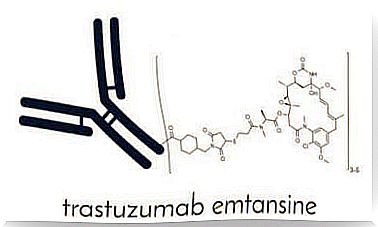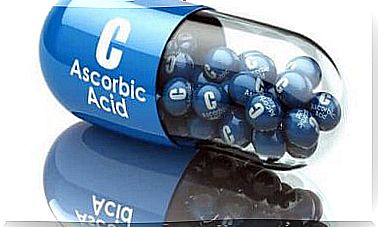What Is A Red Blood Cell Sedimentation Test?

Clinical laboratory tests are very important in medical research. Sometimes they are the only way to diagnose a particular disease. One of the most commonly performed tests is the erythrocyte sedimentation test.
It is also known as Westergren sedimentation rate, ESR, or SED, and is a test that measures how quickly red blood cells deposit at the bottom of a test tube. A higher or lower speed than normal may indicate the presence of various medical problems.
Under normal conditions, red blood cells have a negative charge. Therefore, erythrocytes reject other erythrocytes at a sedimentation rate of 10 millimeters per hour. Nevertheless, the rate of red blood cells may vary depending on the subject and lifestyle of the study.
Reasons to take the test
The erythrocyte sedimentation test guides healthcare professionals to the correct diagnosis and helps them detect any disease. In this sense, it can be useful in the following situations:
- Fever of unknown origin
- Some types of arthritis
- Symptoms affecting the muscles
The physician should analyze the patient’s symptoms and the results of laboratory tests. This will allow him to make the correct diagnosis. In addition, experts can use the test as an important diagnostic criterion for two diseases: polymyalgia rheumatica and temporal arthritis. Both diseases are rare and usually only occur in patients over 50 years of age.
Polymyalgia rheumatica is an inflammatory disease that affects the proximal muscles of the limbs and body, causing pain and restricting movement. Although temporal arthritis causes headaches, impaired visual ability, fever, impaired jaw function, and anemia.

How should this test be prepared?
It’s a fairly simple and quick test that doesn’t require any extra preparation. If you are to test only for the degree of erythrocyte sedimentation, you do not need to fast, but if other tests are performed at the same time by medical professionals, you must take appropriate action.
To perform the test, your doctor draws venous blood with a syringe. The test should be taken from the arm. It is possible that during the test you may experience mild pain or irritation that can sometimes last for the rest of the day. However, it should not affect the ability to perform other daily activities.
The blood analysis portion of the test is very simple and generally follows the Westergreen method, which mixes 2 ml of blood and 0.5 ml of citrate in a test tube and then measures the free distance of red blood cells.
After one hour, the distance between red blood cells is measured again in millimeters to determine the rate of settling.
What does high red blood cell sedimentation value mean?
When the sedimentation rate is above normal values, it may indicate diseases. These diseases can be associated with inflammation and tumors. According to some studies, the rate increases within 24 hours and returns to normal values only after resolution.
These types of diseases increase the levels of various proteins in the blood plasma. Each of these proteins, especially fibrinogen, affects the surface charge of red blood cells, causing them to settle at a higher rate.
There are many different medical conditions that increase fibrinogen in the blood, such as pregnancy, diabetes, or end-stage renal disease, and that can increase red blood cell sedimentation. Other causes that increase red blood cell sedimentation:
- Anemia
- Macrocytosis (when red blood cells are larger than normal)
- Acute bleeding
- Acute myocardial infarction (heart attack)
- Lymphoma
- Metastatic cancer (fourth stage or advanced cancer)
What does low red blood cell sedimentation value mean?
In most cases, low erythrocyte sedimentation has little medical significance. In this sense, the level may be 0 mm in some patients, so it is usually not a concern.
However, a low degree of erythrocyte sedimentation, 0-3 mm, can also be associated with various health problems. These include:
- Polyglobulus or a large number of red blood cells
- Erythrocyte malformations
- Hyperviscosidad syndrome
- Smoking habits
- Heart failure
And not all of this, infectious diseases such as dengue fever can cause a slowdown in sedimentation rate. This was demonstrated in studies in which the proportion of ESR patients with the disease was significantly lower than in others with acute febrile syndrome.

A simple but effective test
As mentioned, the erythrocyte sedimentation test is not a complex test. It is very useful when looking for inflammatory diseases. It guides the doctor in the right direction and helps him make an accurate diagnosis.
For the patient, the test requires little special preparation before performing the experiment. After the procedure, the day can continue as normal.









